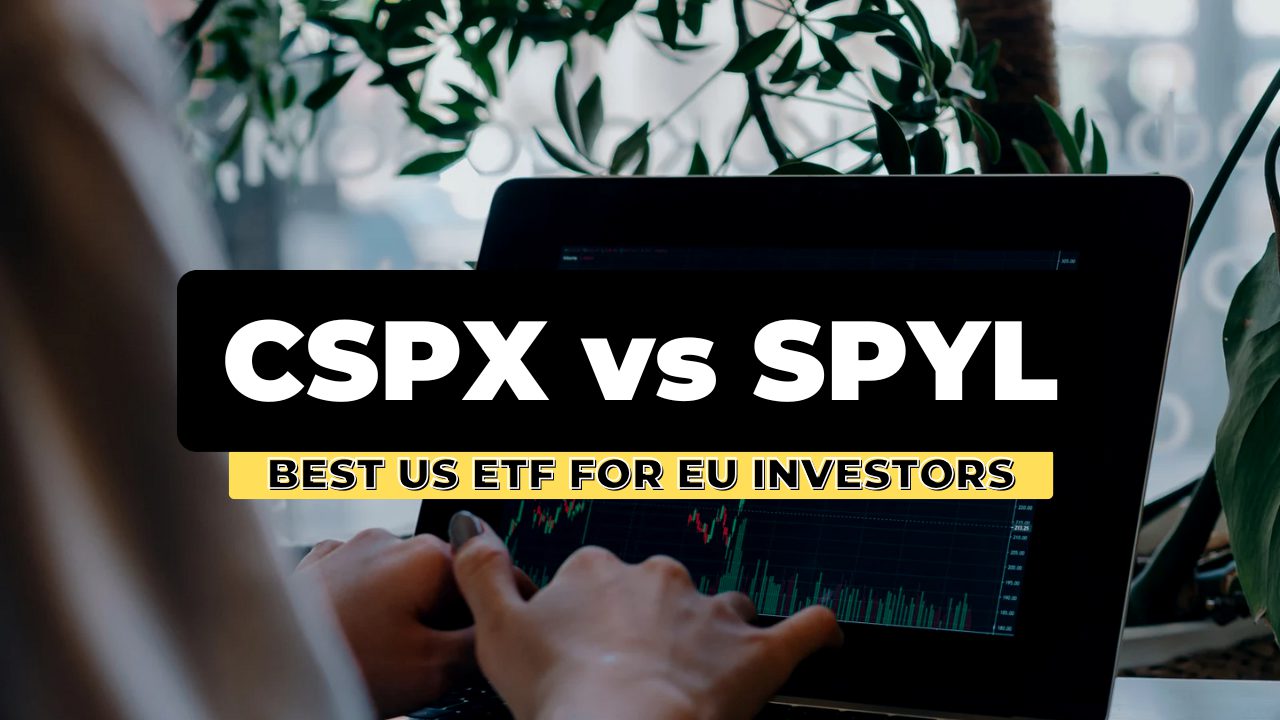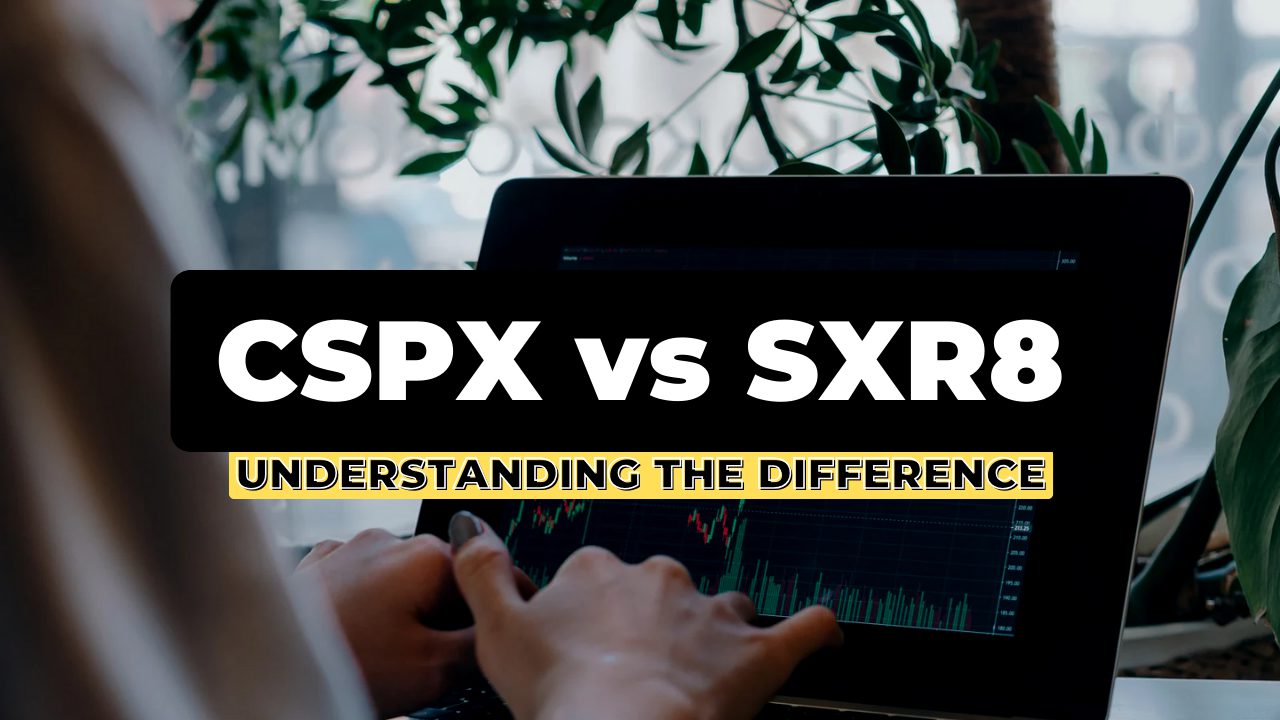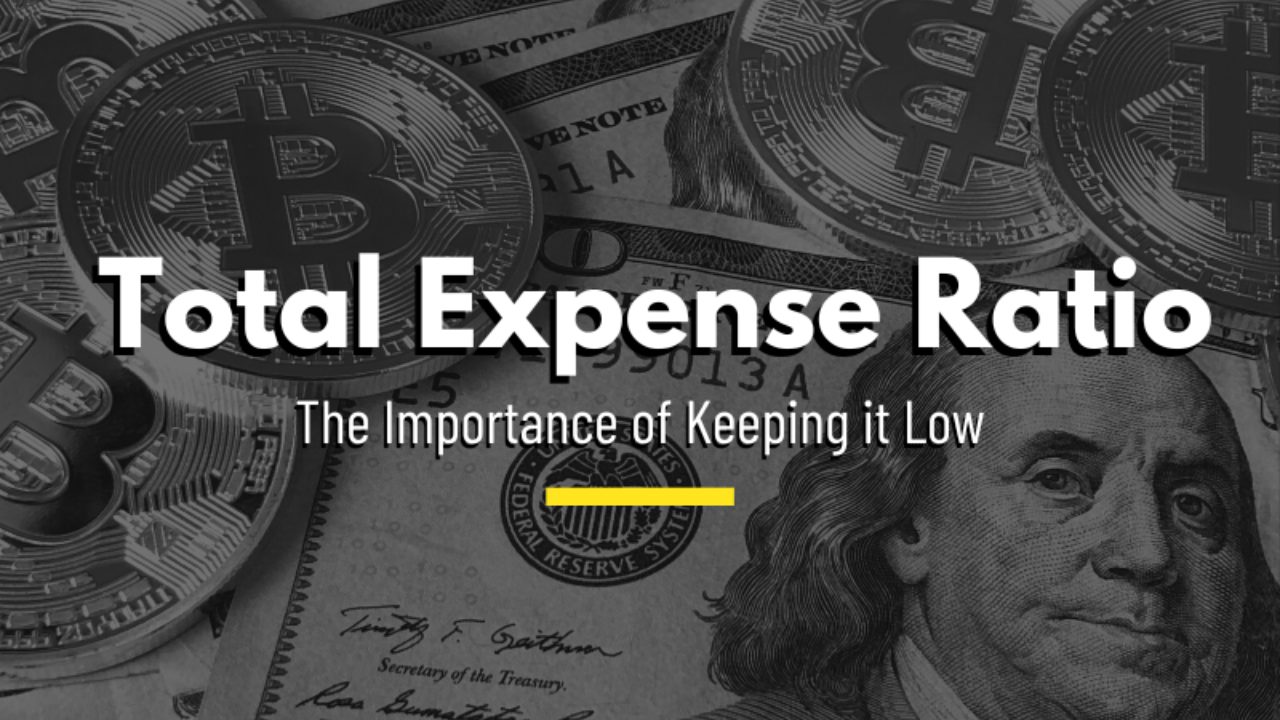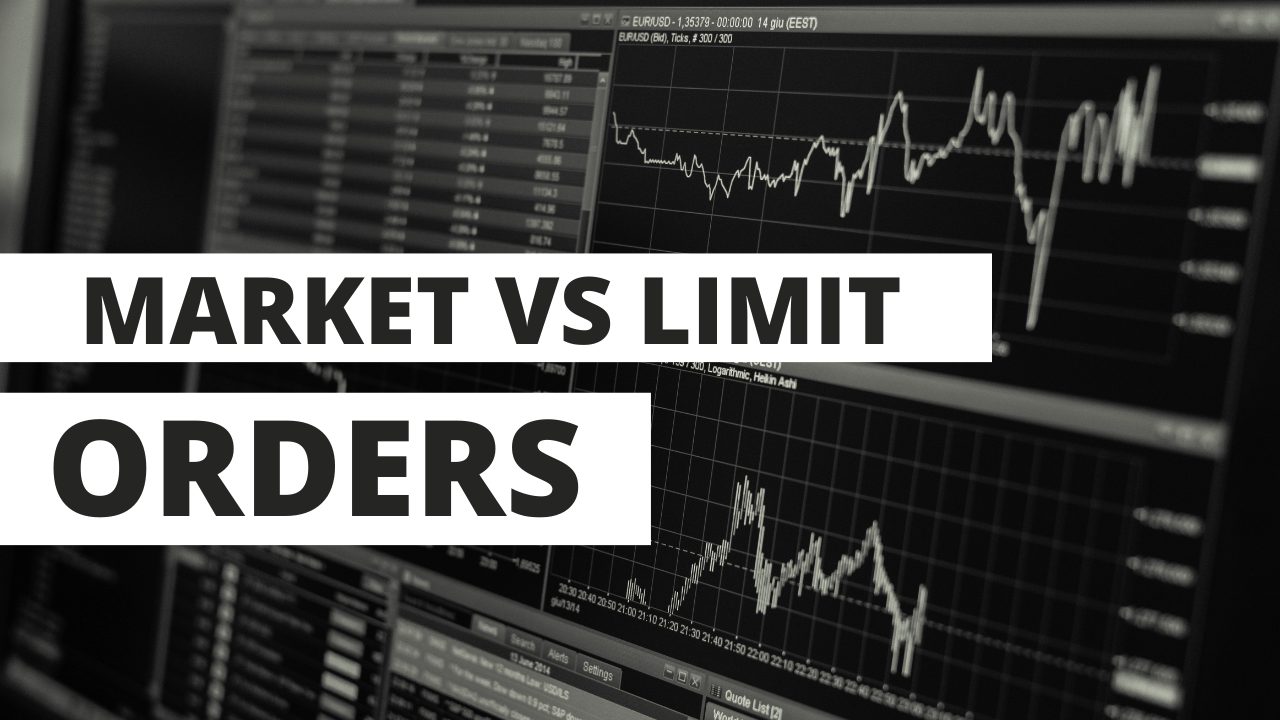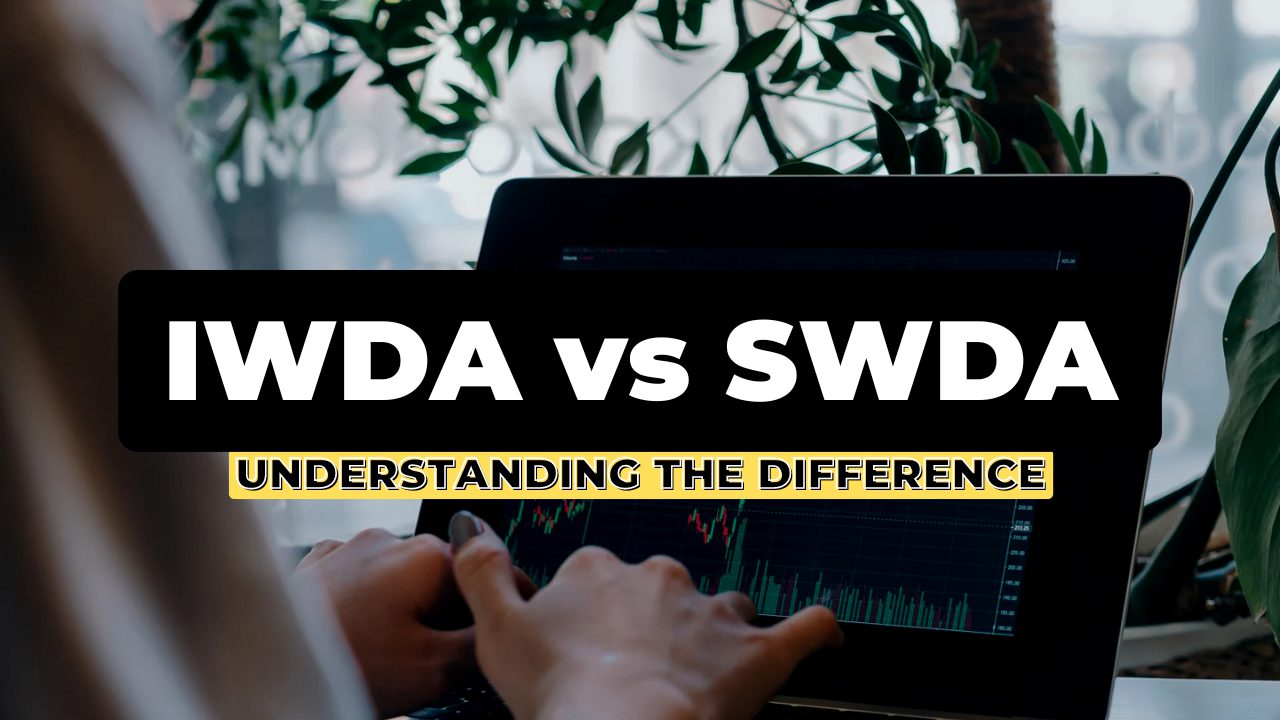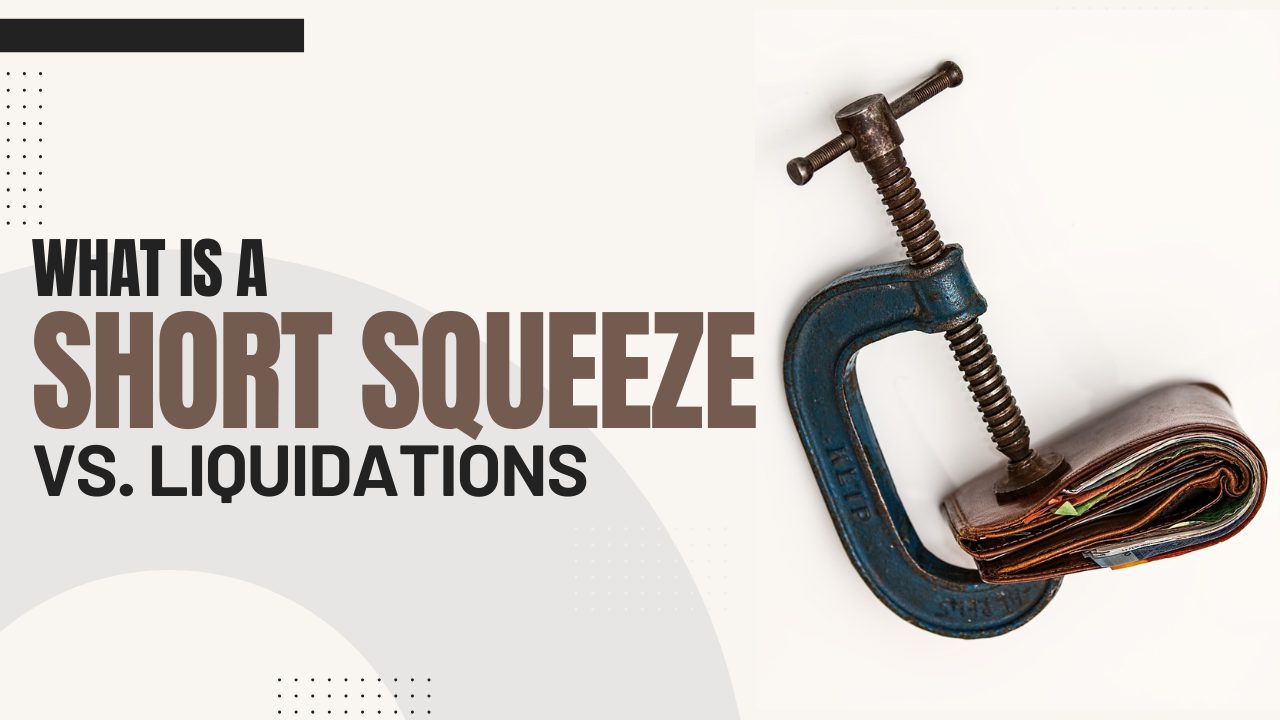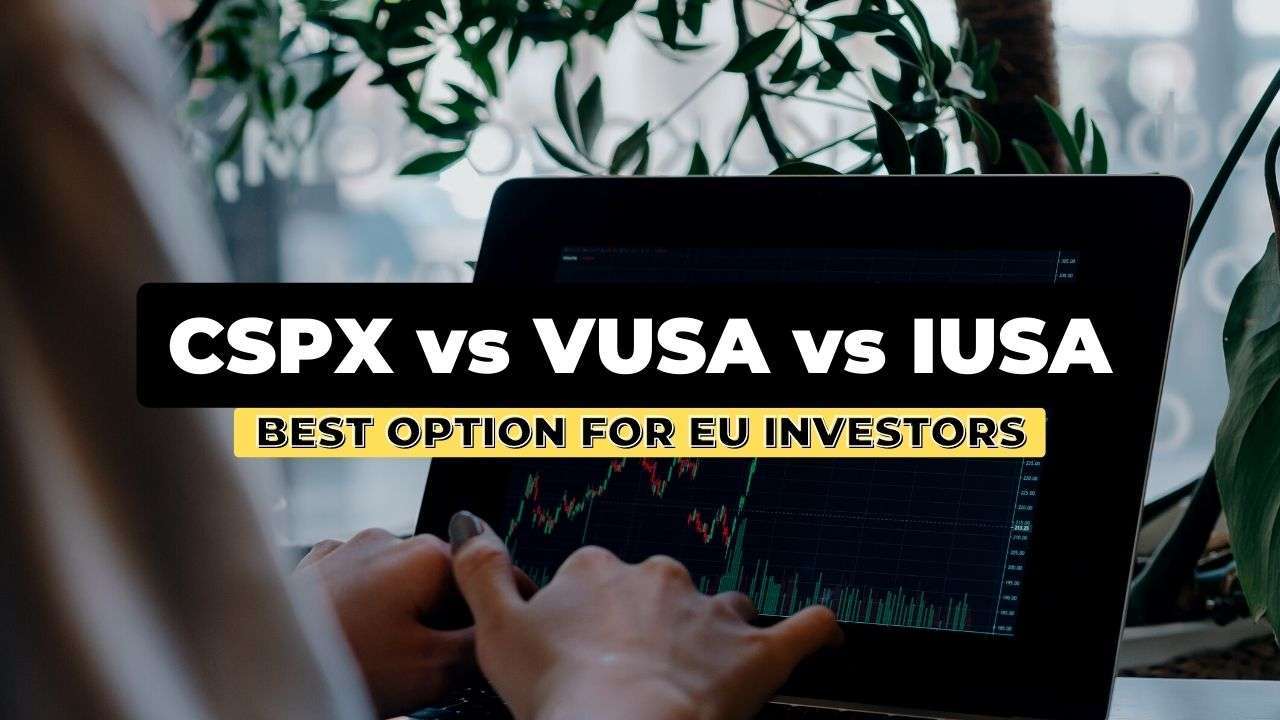
A US ETF is usually the core of most investors’ portfolios. For Europeans, the questions of CSPX vs VUSA or VUSA vs IUSA often pop up.
In this post, I’ll do my best to answer the trilemma and give my recommendation.
CSPX
Ticker symbols: CSPX, SXR8, CSP1; ISIN: IE00B5BMR087
CSPX (iShares Core S&P 500 UCITS ETF (Acc.)) is an ETF tracking the S&P 500 – an index composed of the largest US companies weighted by market cap.
It has a TER of 0.07% and it’s an accumulating fund (it reinvests the dividends instead of distributing them to investors).
Currently, the fund manages $55b worth of assets.
CSPX is one of the go-to options for the US allocation for many investors.
IUSA
Ticker symbols: IUSA, IDUS; ISIN: IE0031442068
IUSA (iShares Core S&P 500 UCITS ETF) is also an ETF tracking the S&P 500 offered by iShares.
It’s the distributing equivalent of CSPX. They’re both offered by iShares, having all the same characteristics, with the only difference being that IUSA pays dividends to shareholders.
Same as CSPX, its TER is 0.07%.
The funds currently holds $12b worth of assets and it’s also one of the ETFs that’s commonly held by European investors.
VUSA
Ticker symbols: VUSA, VUSD; ISIN: IE00B3XXRP09
VUSA (Vanguard S&P 500 UCITS ETF) is almost the same as IUSA, but this ETF is offered by Vanguard.
They have exactly the same characteristics: both track the S&P 500, have 0.07% expense ratio, and pay out dividends.
The only differences are that VUSA is a larger fund (manages $27b worth of assets) and does full replication of the S&P 500. IUSA does optimized sampling of the index, which means that the performance of VUSA is closer to that of the S&P 500. This is a minor difference so please don’t feel like you’ve made a “mistake” if you already hold IUSA.
As can be seen by the total assets, VUSA is the preferred option for many investors.
CSPX vs VUSA/IUSA
All three ETFs are very similar to each other. So there’s no surprise why many investors are unsure which one to pick.
The main difference between them is their distribution policy:
- CSPX reinvests the dividend income in the fund
- VUSA and IUSA are paying out the dividends to shareholders
This means that the amount of expenses you’d have depends on the dividend tax treatment in your country. However, rather than leaving it at “it depends”, I’d like to give an actual answer.
I actually have a strong preference for one of these ETFs before the others, even if we assume that dividends aren’t taxed at all.
Petkovski’s Choice: CSPX
Why do I choose CSPX, although these ETFs have the same expense ratio and we assume there are no extra costs?
It’s simple: I prefer accumulating to distributing ETFs.
Of course, it boils down to preference, but my opinion is that every investor should prefer accumulating funds to distributing funds.
Let me explain why you should as well.
Edit from 2024: we have a new contender: SPYL. Check out CSPX vs SPYL for mode details.
Why Accumulating Funds?
Since you’re comparing CSPX vs VUSA, you’re probably still in the “accumulation phase” (you’re investing rather than living off of your investments). Also, you’re analyzing S&P 500 funds, which means you’re into index investing.
These statements bring us to the conclusion that you’re looking for a long-term vehicle to park your extra money.
Given the assumption, why would you like the fund to take out a part of its value in order to give you more cash every quarter?
Cash is what you’re trying to get rid of in the first place – that’s why you’re investing.
There are only two things that you could do with some extra money every quarter:
- Buy something (doesn’t make sense – you already have surplus money)
- Reinvest it (or you can just let the fund do it for you in the first place)
Remember, dividends don’t materialize into investors’ accounts. Those amounts are deducted from what could have been the value of your investment.
Check out this post to understand how much difference a 1% underperformance can make in the long run.
Hopefully it all makes sense.
The Verdict: CSPX Wins
CSPX is the best ETF for European investors.
Edit 2024: CSPX wins over VUSA & IUSA, but as of recently, SPYL might be even more suitable. Check out CSPX vs SPYL.
Further Reading
If you want more amazing posts on UCITS ETFs, check out the following links:
- Replicating VWCE – Optimize for Cost and Performance
- Core Portfolio for EU Investors (ETF Selection & Tips)
- IWDA vs VWCE and VWRL
- The Best Emerging Market ETFs for Europeans
- Northern Trust Funds vs ETFs – Full Comparison
- CSPX vs SXR8 – What’s the Difference
- CSPX vs SPYL – What is The Best US ETF
For the complete series on investing from Europe, visit: EU Investors Handbook.
If these posts are too advanced for you, visit: How to Start Investing: A Complete Beginner Series.
 Husband & Father
Husband & Father  Software Engineer
Software Engineer 

